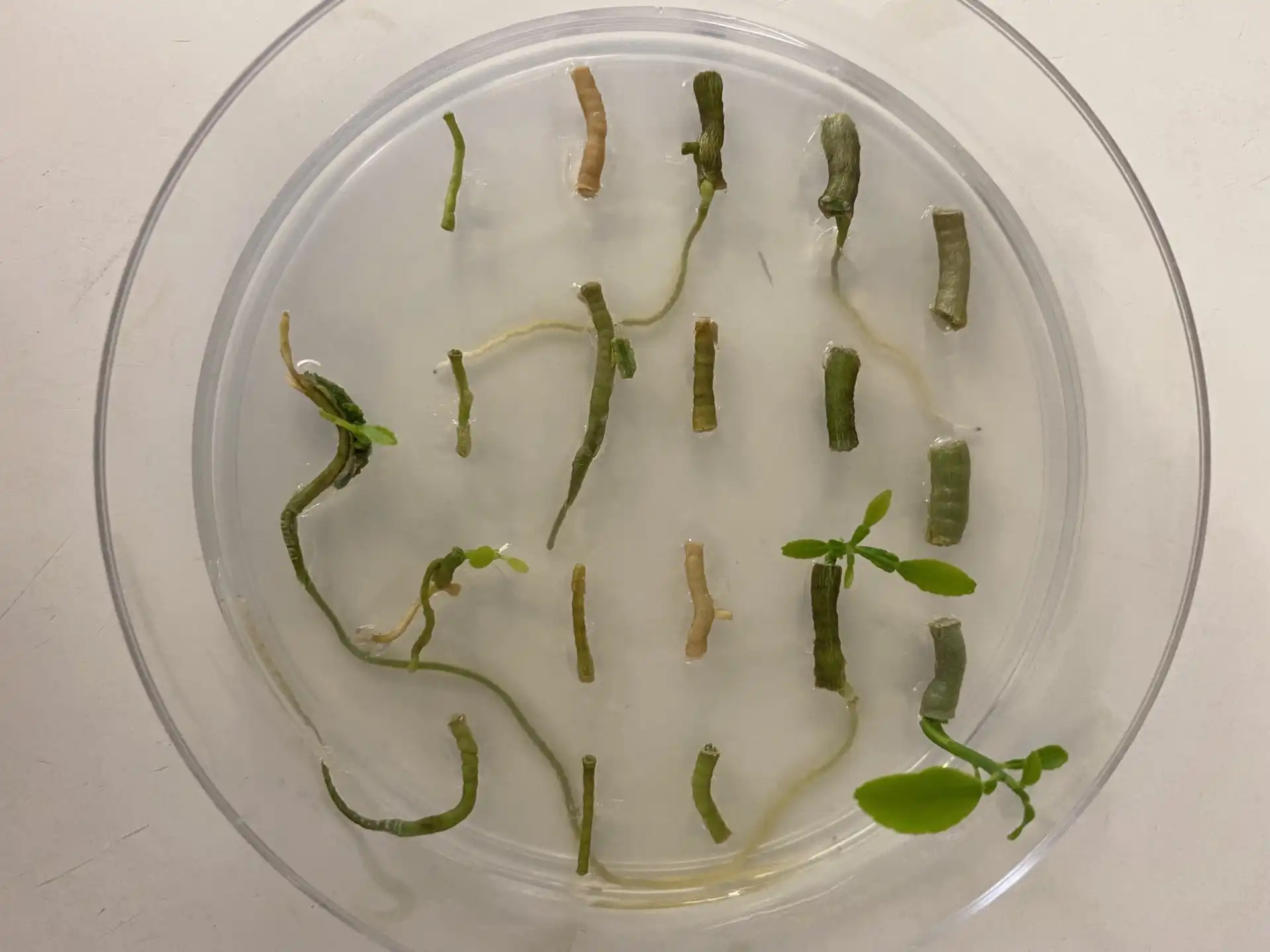
Developing disease-resistant, high-quality improved crop varieties to benefit agricultural producers and consumers may seem like a “hairy” task, but scientists may have gotten to the root of the issue.

Developing disease-resistant, high-quality improved crop varieties to benefit agricultural producers and consumers may seem like a “hairy” task, but scientists may have gotten to the root of the issue.
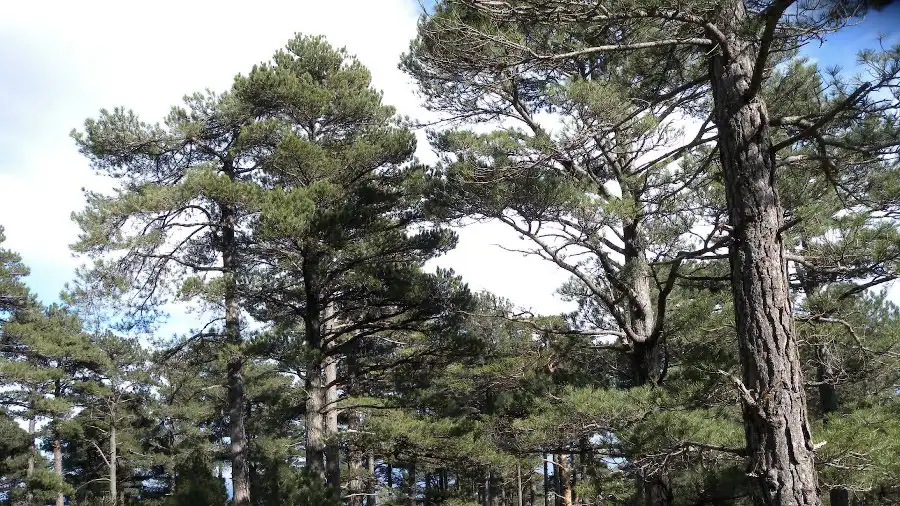
A bibliographic review concludes that the tallest trees are more capable of overcoming droughts, at least in the short term, thanks to a series of adaptations developed as they grow.
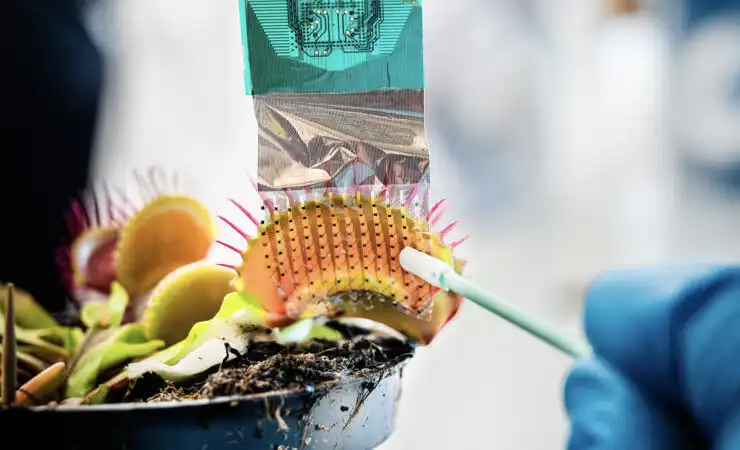
What happens inside the carnivorous plant Venus Flytrap when it catches an insect? New technology has led to discoveries about the electrical signalling that causes the trap to snap shut. Bioelectronic technology enables advanced research into how plants react to their surroundings, and to stress.
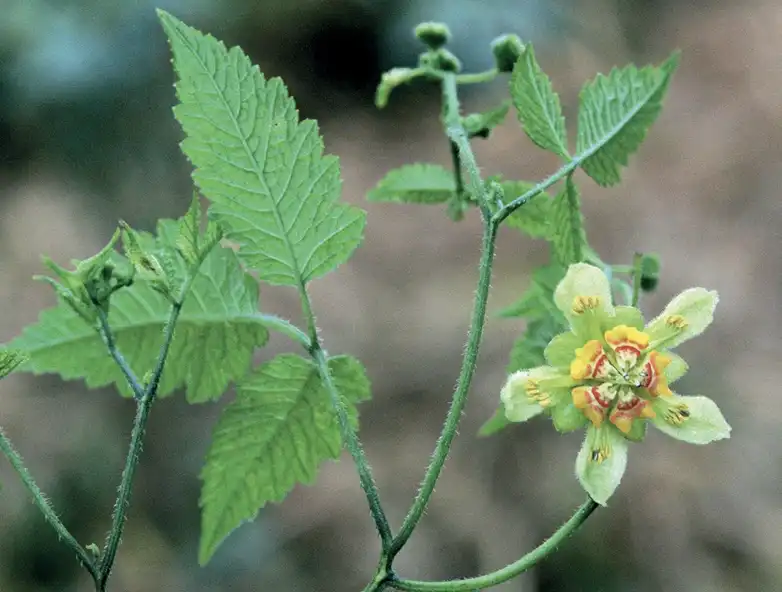
Through the collaborative efforts of botanists and citizen scientists, these plants have been rediscovered after decades, some even after more than a century.

Anyone who has taken a long road trip or bike ride has used a product of the spurge plant family — rubber. The spurge family, or Euphorbiaceae, includes economically valuable plants like the rubber tree, castor oil plant, poinsettia and cassava. Newly identified fossils found in Argentina suggest that a group of spurges took a trip of their own tens of millions of years ago. Driven by climatic changes and land movements over millennia, a group of spurges relocated thousands of miles from ancient South America to Australia, Asia and parts of Africa.
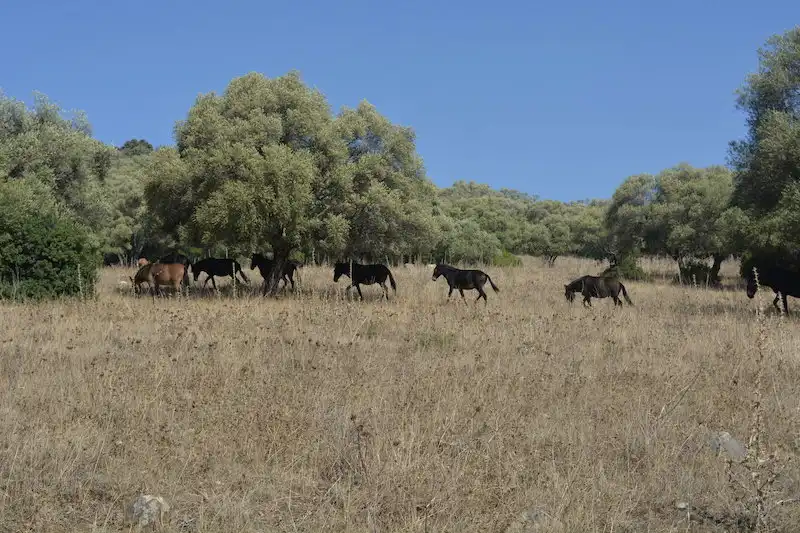
Plant species become exotic after being accidentally or deliberately transported by humans to a new region outside their native range, where they establish self-perpetuating populations that quickly reproduce and spread. This is a complex process mediated by many factors, such as plant traits and genetics, which challenges the creation of general guidelines to predict or manage plant invasions.

A research team has unraveled the evolutionary history of the Arctic flora. Researchers selected 32 angiosperm clades comprising 3,626 species across the angiosperm tree of life. They found that dispersal to the Arctic and in situ diversification within the Arctic followed similar trends through time.
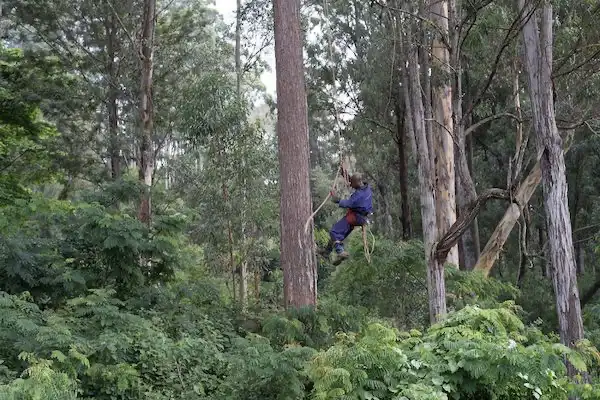
A total of 57 institutions around the world share their expertise in a ground-breaking study which highlights the urgent need to protect the world’s forests from non-native pests amid climate change.

Many landscapes in the tropics consist of a mosaic of different types of land use. How people make use of these different ecosystems, with their particular plant communities, was unclear until now. When considering biodiversity, forests often get the most attention. But this research shows that rural households use a wide range of plant species and services provided by many nearby ecosystem types.
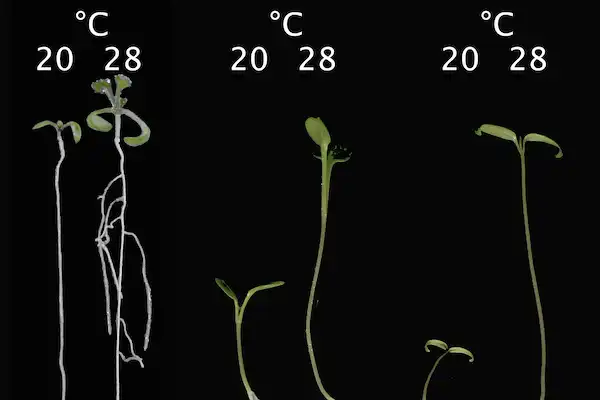
Plant roots have their own thermometer to measure the temperature of the soil around them and they adjust their growth accordingly. Through extensive experiments, researchers were able to demonstrate that roots have their own temperature sensing and response system. In a new study theyalso provide a new explanation for how roots themselves detect and react to higher temperatures. The results could help develop new approaches for plant breeding.